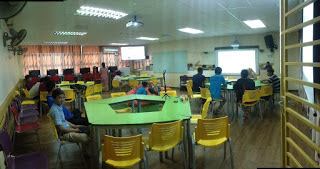Chapter 4

Chapter 4: Structure Query Language(SQL) This is last chapter for Subject Database System. In this topic, we learned about the basic concepts of database model using entity relationship diagram and translating completed data models by applying normalization technique in logical database designs. We also learned how to a pply Structured Query Language (SQL) for database manipulation using a database management system in practical works inclusive of a report within stipulated time frame. SQL is an example of a transform-oriented language , or a language designed to use relations to transform inputs into required outputs. As a language, the ISO SQL standard has two major components: A Data Definition Language (DDL) for defining the database structure and controlling access to the data; A Data Manipulation Language (DML) for retrieving and updating data ....


